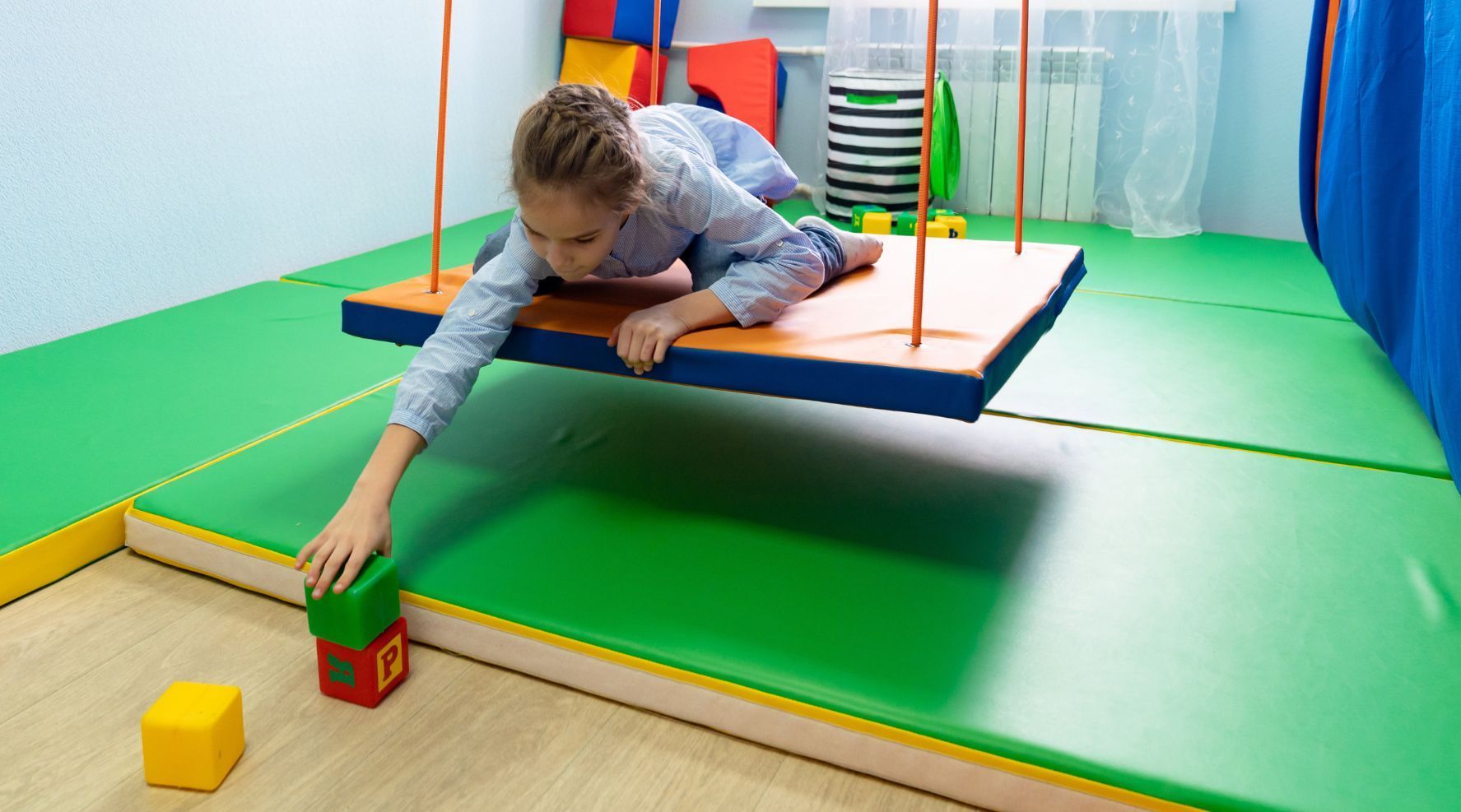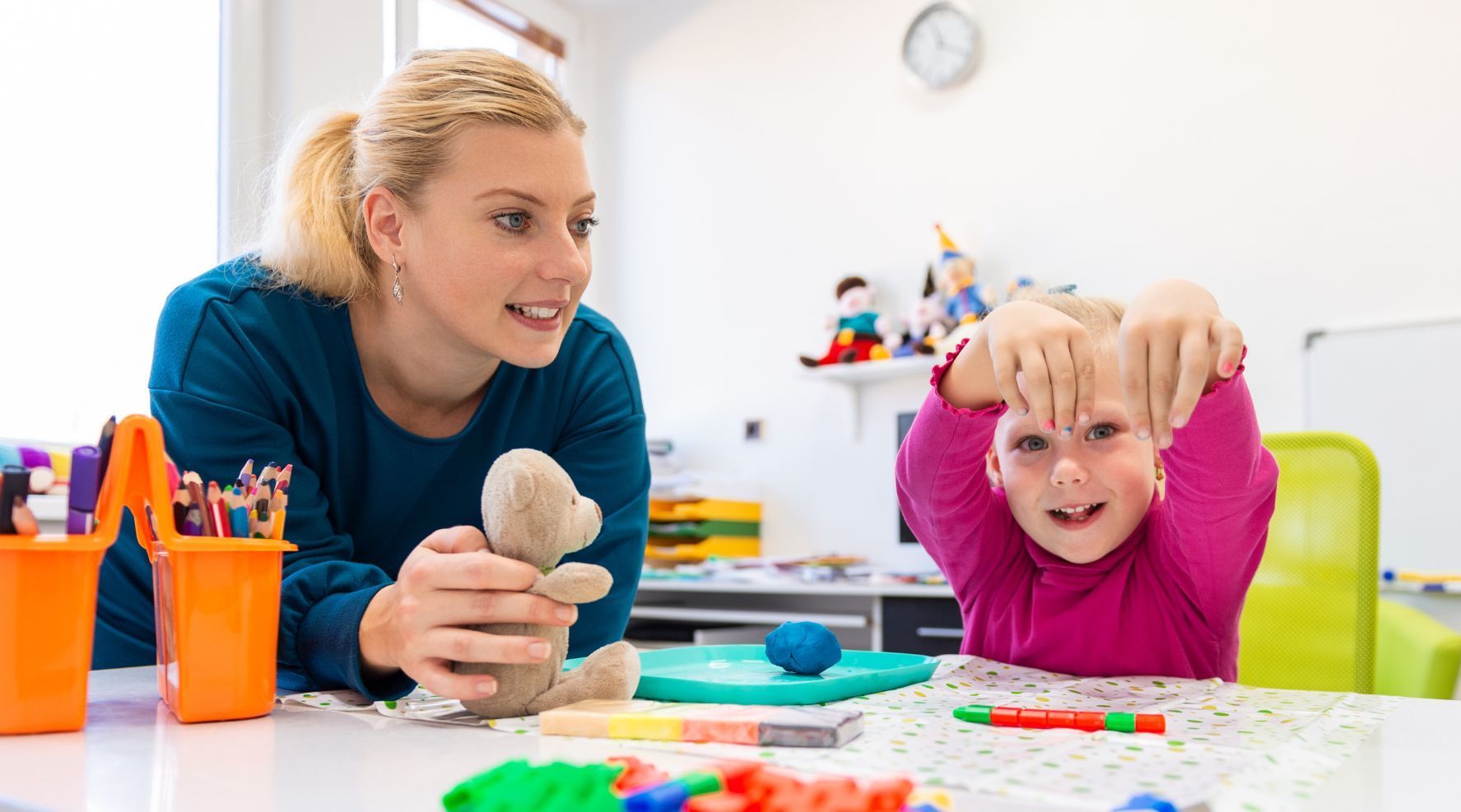Effective Ways To Help Kids With ASD Develop Hand Skills
Although every child with autism experiences the world in their own way, many kids on the autism spectrum struggle with hand skills. Fastening buttons, tying shoes, using scissors, and writing can create anxiety and frustration for children with autism. Here are some effective ways to help kids with ASD develop hand skills.
Address the Environment
Children on the autism spectrum may display a number of sensitivities that interfere with their ability to work on fine motor skills. Noise, bright lights, crowded spaces, and unfamiliar textures can cause sensory overload that may overwhelm children.
Consider offering kids with autism a private space and options to sit more comfortably or even work while lying on their stomachs. They may feel better working with their legs covered by a weighted blanket. Be attentive to light and sound; noise-canceling headphones can help soothe a child with autism.
Provide sensory soothers like a sand or water table, stress balls, and fidget toys for the child to use when they feel stressed and want to take a break.
Build the Proprioceptive Sensory System
It may seem counterintuitive but building gross motor skills in the form of climbing, skipping, and jumping can boost body awareness in a way that helps fine motor skills. Sensory integration therapy equipment often includes mini climbing walls and trampolines, crash pads, and rope ladders to help kids build strength and body awareness.
These activities require motor planning, bilateral, and hand strength for gripping ropes and handholds on climbing walls.
Disguise Work as Fun
Many activities that help children with ASD build hand strength are fun! Pinching clay and kneading dough build hand strength and fine motor coordination. Carrying a heavy object with a large, smooth handle (like a kettlebell) or mixing chocolate chip cookie dough with a wooden spoon are fun ways to build grip and isometric strength. Sorting puzzle pieces, blocks, marbles, and beads or pounding different shaped pegs into a pegboard are activities that give children a chance to use fine motor skills while enjoying play.
A Word About Handwriting
The goal of learning handwriting is to develop the skill of communicating in a written, rather than spoken, form. A fixation on forming perfect letters is counterproductive for children with autism. Legibility should be the goal. Help kids with handwriting skills by providing shorter, thicker pencils and crayons and wide-ruled paper or large pieces of butcher paper taped to a table or wall.
Dial down the pressure to make perfect block letters or create smooth, cursive writing. If a child can legibly print their name and write a simple sentence, count that as a win. Children with autism will be less stressed and happier when you let your perfectionism go. They deserve praise for the monumental effort they put in to form legible letters, words, and sentences, even if they don’t look perfect.
Contact Royalty Sensory Gyms Today
Now's the time to start!
Contact Us
Thank you for contacting Royal Sensory Gyms.
We will get back to you as soon as possible.
Please try again later.
Hours of Operations
- Mon - Fri
- -
- Sat - Sun
- -
All Rights Reserved | Royal Sensory Gyms




